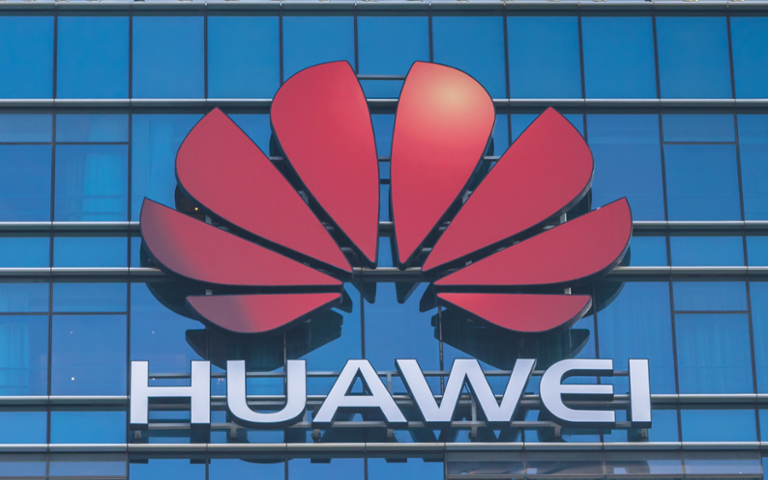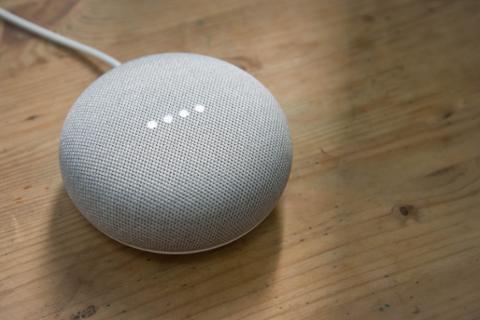Chinese smartphone manufacturer Huawei has been sanctioned by the United States government in its ongoing trade dispute with China. Since then, it’s only worsened for Huawei, with Google and ARM both refusing to work with the company. So what’s going on, here?
Last week, President Trump issued an Executive Order which added Huawei to the Entity List, a list of companies identified as posing a national security risk who are prohibited from doing business with U.S. companies. The umbrella excuse was that Huawei is a foreign entity using domestic parts or intellectual property, and as such is “posing an unacceptable risk” to the United States. Though White House officials declined to say the ban was specifically because Huawei is a Chinese company (President Trump suggested that was the real reason for this ban), it did say “this administration will do what it takes to keep America safe and prosperous and to protect America from foreign adversaries.”
“This will prevent American technology from being used by foreign owned entities in ways that potentially undermine U.S. national security or foreign policy interests,” said Wilbur Ross, United States Commerce Secretary.
In a nutshell, the government is saying Huawei hardware may be Chinese spyware, but it’s not all about smartphones. Huawei is a leader in manufacturing hardware for 5G networks, which all U.S. carriers are quickly pivoting toward. In banning Huawei, the government has likely slowed the rollout of 5G – but may have stopped a major threat. From The New York Times:
Pentagon and American intelligence officials have warned that Chinese firms will be able to control the networks and have expressed concerns not only that secure messages could be intercepted or secretly diverted to China, but that the Chinese authorities could order Huawei to shut down the networks during any conflict, disrupting American infrastructure as diverse as gas pipelines and cellphone networks.
Huawei has denied those charges, and its chief executive has said he would shut down the company rather than obey Chinese government orders to intercept or divert internet traffic. American officials say he would have no choice: Chinese law requires that the country’s firms obey instructions from the nation’s Ministry of State Security.

In short, the U.S. government insists using Huawei hardware for 5G would allow the Chinese government access to (or control over) the entire U.S. cellular network and all traffic flowing through it. Again, domestic companies can't do business with foreign entities on the Entity List, so carriers are in a bind. The government has a fair concern, but what about Google and ARM?
While 5G technology may grant Huawei (and possibly China) a lot of control over the 5G network, the government also insists Huawei handheld devices are spyware. Google has revoked Huawei’s Android licensing, which means proprietary apps and services like Search, YouTube, and Gmail will not work on future Huawei devices. Additionally, Huawei smartphones will lose access to the Google Play Store.
Google (a U.S. company, mind) notes it’s simply adhering to the government’s ban, saying “we are complying with the order and reviewing the implications.”
Huawei can still utilize the Android operating system, but only through the Android Open Source Program (AOSP). In recent years, Google has stripped much of its own apps and services from AOSP, which is now more like a rough framework for Android. It has basic service underpinnings, like email and a web browser, but services like Chrome and Gmail are unique to the Android system proper, and the Play Store, which Google has slowly exerted more control over in recent years.
UK-based ARM is also joining the Huawei ban, telling employees to stop “all active contracts, support entitlements, and any pending engagements” because its chipset design contains “U.S. origin technology.” This move was echoed by Intel, Qualcomm, Xilinx, and Broadcom.
This all means Huawei technology can not be used for building a 5G network in the United States, and its smartphones no longer have access to the Android operating system and apps we’re familiar with. Intel’s x86 and ARM’s licenses are the only two Android currently supports, so even using AOSP to build its own operating system (which Huawei says it’s doing) may be useless.
The U.S. government has eased restrictions, allowing Google and others 90 days to work with Huawei to update existing hardware. "Keeping phones up to date and secure is in everyone's best interests and this temporary license allows us to continue to provide software updates and security patches to existing models for the next 90 days,” says Google.
“The Temporary General License grants operators time to make other arrangements and the Department space to determine the appropriate long term measures for Americans and foreign telecommunications providers that currently rely on Huawei equipment for critical services,” added Ross. “In short, this license will allow operations to continue for existing Huawei mobile phone users and rural broadband networks.”
By marketshare, Huawei is either the second or third largest smartphone manufacturer globally, depending on which study you reference. Either way, it’s a massive blow. If the ban sticks, Android developers everywhere lose customers, and revenue. Huawei could spin up an Android alternative with its own version of the Play Store, but we saw Amazon try and fail doing the very same. The 5G rollout is also slowed by this move, which may have a ripple effect on technologies like augmented reality and smart home devices.
Though the U.S. government refers to the Entity List as the “death penalty,” it has shown mercy in the past. Chinese smartphone company ZTE was once placed on the same list, and suffered similar swift consequences to Huawei. Eventually, ZTE paid a $1 billion fine and allowed U.S. compliance officers to oversee the company after a management shakeup. It remains to be seen if Huawei can navigate its way out of these rough waters (it did in 2013), or if its ship is simply sunk.



